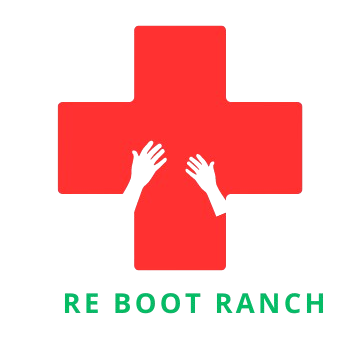From Concept to Implementation: The Complete Skills Matrix Blueprint
The concept of a skills matrix is a vital tool for organizations striving to understand and develop their workforce’s abilities. This structured framework serves as a map, displaying the skills, competencies, and expertise of each team member across various areas relevant to their roles. In essence, the skills matrix is a dynamic resource that allows businesses to visualize the Skills Matrix distribution of skills within their teams, identify gaps, and strategically plan for training and development.
Imagine an organization where every employee’s skills and competencies are clearly outlined, not just for their current role but for their potential growth areas. This is the essence of a skills matrix. It begins with a comprehensive inventory of the skills needed for the organization’s operations, divided into categories that might include technical skills, soft skills, and specialized knowledge. Once this inventory is established, employees are assessed to determine their current level in each category. This assessment is not just a tick-box exercise but a holistic evaluation involving self-assessment, peer reviews, and managerial input to create a fair and accurate picture of individual and collective capabilities.
The power of the skills matrix lies in its ability to reveal strengths and areas for improvement. It’s not uncommon for organizations to discover untapped potential within their workforce, as the matrix brings to light skills that may have gone unnoticed. For employees, it’s an opportunity to see where they stand and what they can aspire to. For management, it provides an invaluable resource for making informed decisions about project assignments, career development paths, and succession planning.
When an organization uses a skills matrix effectively, it becomes a living document that evolves over time. Training programs can be tailored to address the gaps identified, and employees are empowered with clear development plans that align with both their personal goals and the organization’s strategic objectives. Managers can deploy their teams with precision, knowing who possesses the exact skill set required for a particular project or task. This level of insight and organization increases efficiency and ensures that the right people are in the right roles at the right time.
A well-designed skills matrix also facilitates cross-functional collaboration. By making skills visible across the organization, teams can connect and leverage expertise beyond their immediate circles, fostering a culture of knowledge-sharing and teamwork. Moreover, the skills matrix encourages a culture of continuous learning and improvement, as employees are motivated to enhance their capabilities and pursue new competencies that will benefit their careers.
In conclusion, a skills matrix is far more than a static chart; it is a strategic tool that aligns the talent within an organization with its goals and ambitions. It provides clarity, fosters development, and enhances collaboration, ultimately driving the organization forward in a competitive landscape.
